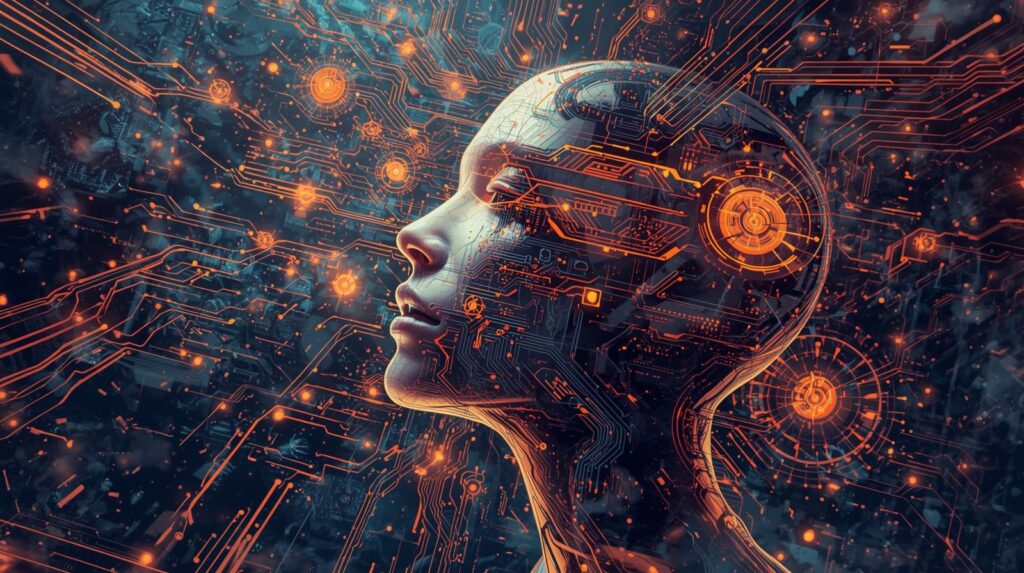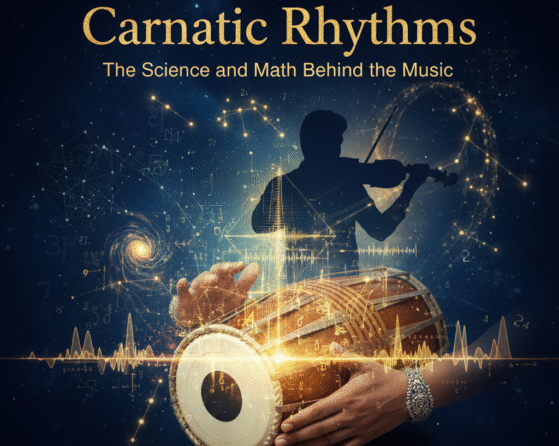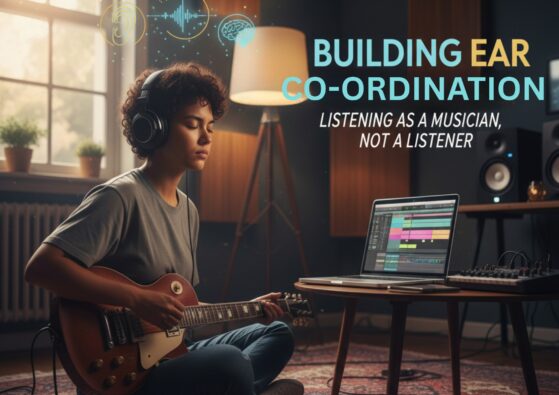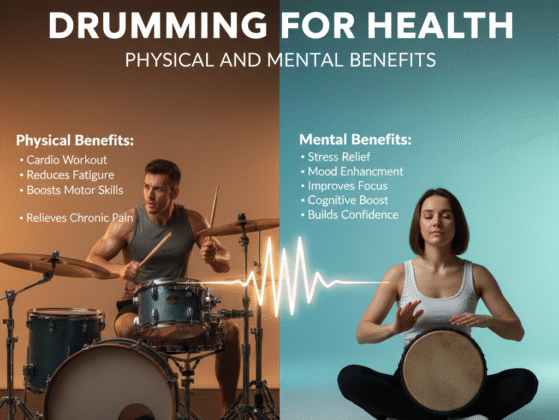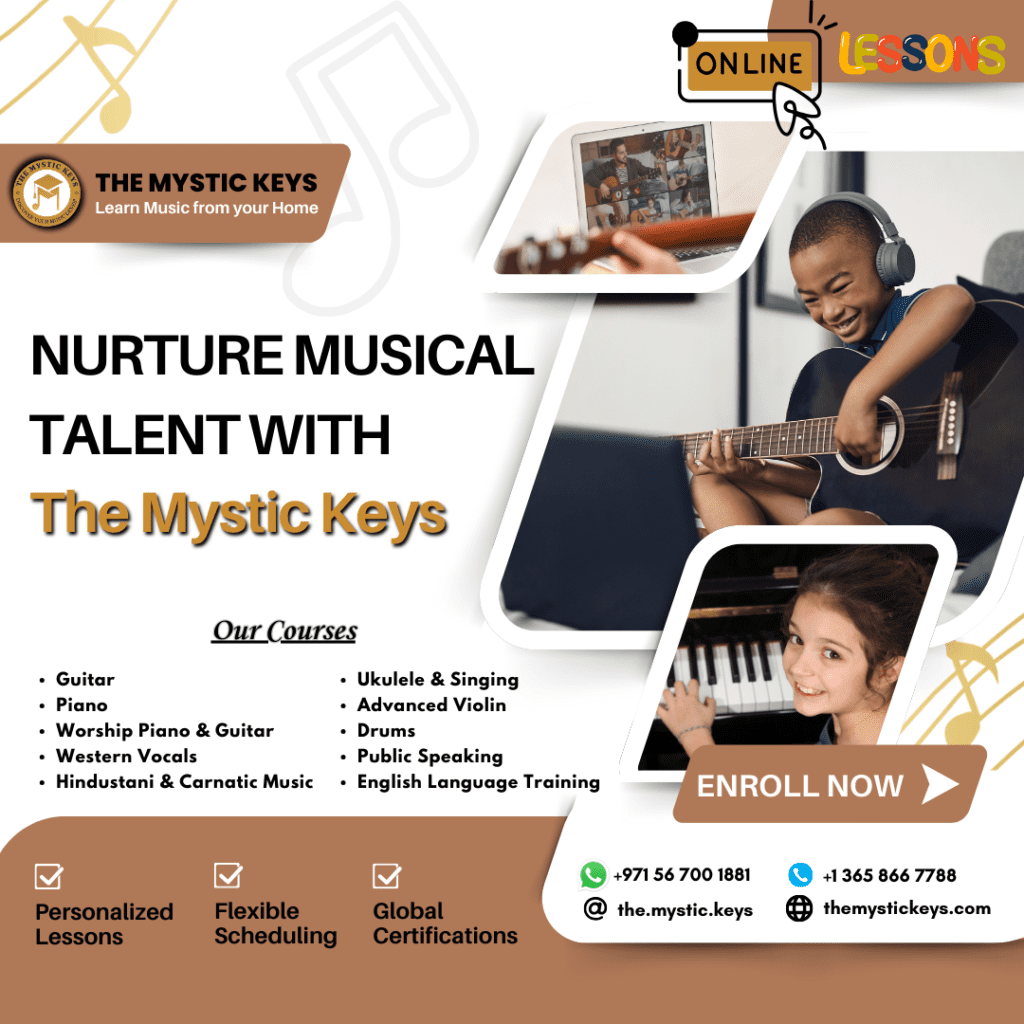AI Music | How AI Is Changing the Music Industry
The music world is rapidly evolving. From vinyl records to digital downloads to streaming, each technological leap has reshaped how music is created, shared and experienced. Now, we are witnessing perhaps one of the biggest shifts yet: the rise of artificial intelligence (AI) in the music industry.
For keyboardists, composers, producers and music enthusiasts alike, this change brings a wealth of new possibilities—and new challenges. In this article we will explore how AI is influencing every stage of music creation and consumption: from composition and production, to distribution, rights and business models, and finally what this means for creators like you. We’ll also look ahead to what the future might hold.
1. Understanding AI in the Music Context

What we mean by “AI in music”
When we say “AI in music”, we refer to computational tools and algorithms—machine learning models, generative-AI engines, deep neural networks—that assist or automate aspects of music creation, production or distribution. These tools can generate melodies, harmonies, rhythms, even vocals; they can assist mixing and mastering; and they underpin streaming recommendation engines and metadata analytics.
Key technology categories
Here are some major categories of application in the music industry:
Composition & Generation: AI systems that generate musical ideas (melody, harmony, rhythm) or full pieces in given styles.
Voice Cloning & Synthetic Vocalists: AI tools that model singing voices or instrument voices, enabling virtual performers or vocal-replacements.
Production Automation (Mixing, Mastering, Sound-design): Tools that help with technical workflows—e.g., equalisation, compression, stereo image, mastering chains.
Metadata, Tagging & Analytics: AI that analyses audio tracks for tempo, key, instrumentation, mood; helps tagging, sorting, discovery.
Distribution, Recommendation & Experience Enhancement: Streaming platforms’ algorithms use AI to personalise playlists, discover new music, target listeners.
Why now: convergence of factors
Several factors have converged to push AI into the music industry:
Advances in computing, deep-learning and audio-processing allow formerly difficult tasks to become feasible.
Lower cost and accessibility of tools allow independent creators to use AI workflows.
The streaming era and data-driven consumption make analytics, automation and scale more important.
The sheer volume of content being produced means more pressure for discoverability, cost-efficiency and new business models.
According to market research, the AI-in-music market is growing strongly, with projections showing multi-billion-dollar valuations.
2. AI’s Role in Music Creation & Production
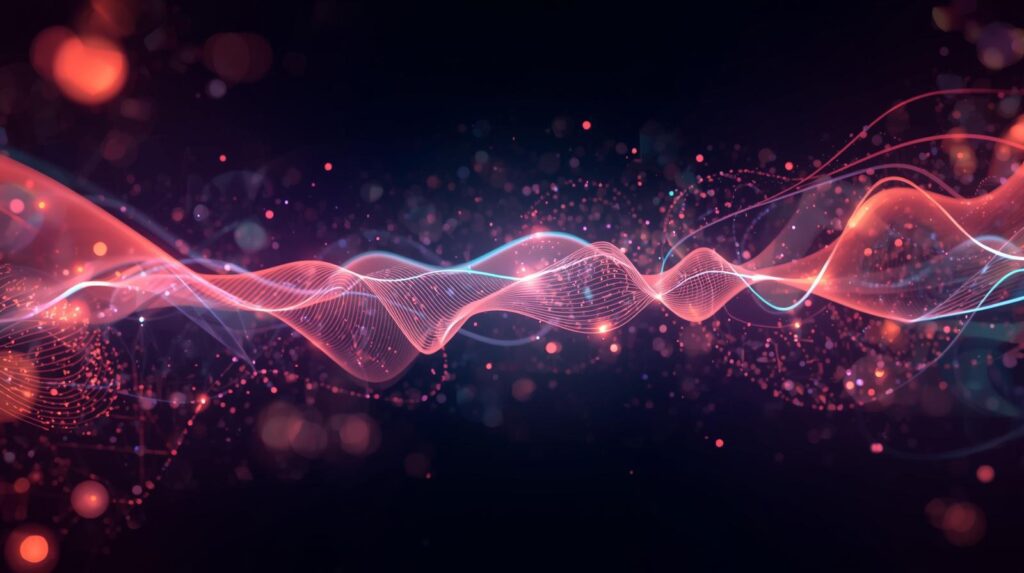
AI as composer or co-composer
One of the most visible applications of AI in music is composition and generation. AI tools can generate melodies, accompaniment, full arrangements—even entire songs based on style prompts. Examples include systems trained on many thousands of musical pieces to generate in the style of classical, pop, jazz or film score.
For keyboardists and creators, this means you can generate musical ideas faster: ask an AI for chord progressions, melodic motifs, harmonic variations, then play them on your keyboard and shape them further. Instead of starting from scratch, you might start from AI-generated raw material, then refine, humanise, personalise it.
However, this also raises questions: if AI generates the bulk of a track, what is the human creator’s role? Many voices in the industry suggest that AI is best seen not as a replacement, but as a creative partner—a collaborator rather than a competitor.
Voice cloning and synthetic performers
Beyond instrumentation, AI is increasingly capable of modelling human-like vocals and creating “virtual singers”. Tools now exist that mimic a singer’s tone or generate entirely synthetic vocals. This opens up new creative possibilities—imagine a keyboard-based track where the vocal is an AI-synthesised voice, or a virtual band whose members never existed in physical form.
At the same time, these possibilities bring complex issues: rights in voice likeness, authenticity of performance, and the emotional impact of music produced by “non-humans”.
AI-assisted production workflows
Music production traditionally involves many technical steps: recording, editing, mixing, mastering. AI is making inroads here: for example, platforms that automatically master tracks based on genre, or plugins that assist mixing decisions (e.g., balancing levels, identifying problem frequencies, suggesting processing chains). For creators with home studios or keyboard-based setups, this effectively lowers the production barrier: you can create professional-sound tracks with fewer resources. The trade-off: if everyone has access to similar tools, your uniqueness and artistry become even more important.
Speed, efficiency and creative bottlenecks
AI can reduce time-to-idea and production cost. According to statistics, AI tools have lowered production costs and sped up workflows significantly.
While this opens doors, it also means more competition and saturation. When production becomes easier and faster, more music will be made—and cutting through the noise becomes harder. For creators, this means differentiation, uniqueness and musical identity matter more than ever.
3. Distribution, Discovery & Business Model Transformation
Recommendation engines & personalised listening
One of the most pervasive ways AI touches everyday listeners is via recommendation algorithms. Platforms analyse listening behaviour, track preferences, playlist patterns and then serve personalised content. For creators, that means optimizing for algorithms—metadata, release timing, listener engagement matter.
For keyboardists and independent creators, this means that producing a great track is just part of the equation—making sure it gets discovered is equally vital. Metadata (genre tags, mood descriptors, instrumentation) and consistency of releases matter.
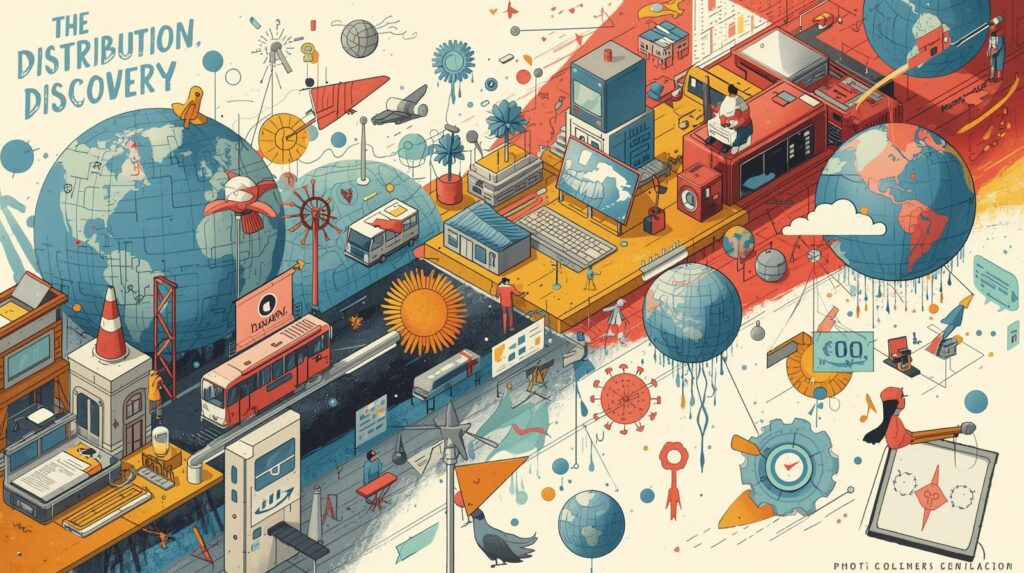
Metadata, tagging & cataloguing
As the volume of music grows, so does the challenge of organisation and discovery. AI tools help by automatically generating metadata: identifying tempo, key, instrumentation, mood, sample usage, even detecting potential copyright conflicts.
Accurate metadata helps with playlist placement, search, rights-tracking and monetisation. For creators, this means you should pay attention to correct categorisation of your track (e.g., “electronic piano ambient”, “keyboard solo jazz”) and make sure your uploader/distributor metadata is solid.
New revenue streams & business possibilities
AI opens up new business models:
Music created for brands, apps, games, ambient environments, where AI-generated soundscapes may be adapted or personalised.
Direct-to-fan personalised music: AI could generate customised tracks for fans (e.g., with their name, preferred style) at scale.
Independent creators using AI tools to produce more content with fewer resources—leveraging volume and niche audiences.
While mainstream mass-market hits still matter, the “long tail” of niche audiences becomes more accessible via AI-enabled production.
Challenges: saturation, value dynamics and attention economy
However, there are intense challenges: as production becomes easier, the number of tracks rises, competition for listener attention intensifies, and per-track value may drop. Many creators worry about “discoverability fatigue” where too much content dilutes listener focus. For keyboard-based creators, this means building a brand, establishing a community, focusing on unique value beyond simply release volume.
4. Stakeholder Impact: Artists, Labels, Creators & Audience
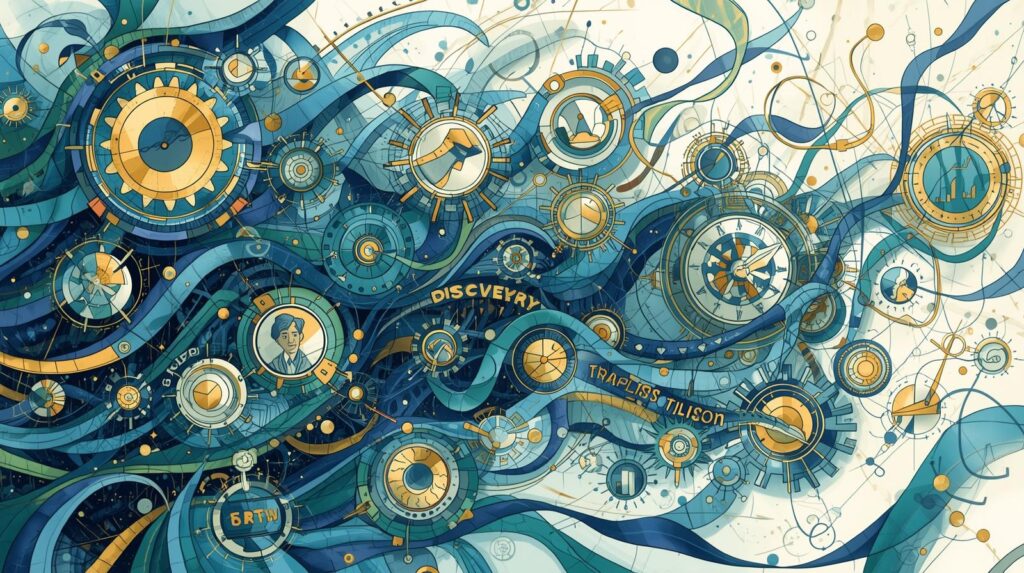
Independent creators & keyboardists
For you—keyboard players, composers, producers—here’s how the landscape is changing:
Opportunity: With AI tools you can generate ideas, access production workflows, create music faster, experiment with styles you might not have tried.
Shift in role: Your role may evolve from purely “composer/performer” to “curator/editor” of AI-generated material. You might choose the best AI-ideas, refine them on your keyboard, add your performance, imprint your style.
Need for identity: With many tools available, what sets you apart is your musical voice, your keyboard technique, your emotional connection, your brand and community.
Business awareness: Understanding metadata, distribution, playlists, fan-engagement, analytics becomes more important. Your creative output is only part of what makes success.
Ethical awareness & rights literacy: If you use AI-tools that draw on datasets or synthetic vocals, be aware of rights, permissions, voice-cloning issues, and how you credit or monetise your work.
Labels, publishers, streaming platforms
Labels: They are adapting to AI workflows—using AI for talent-scouting, analytics, production support; in some cases signing “AI-backed” acts.
Publishers & rights-administrators: They face pressure to manage rights in an era of AI-driven training sets, voice-cloning, synthetic outputs. Royalties tracking, attribution, sample detection become more complex.
Streaming platforms: They rely on AI for recommendation but also face issues of fake/AI-spam tracks, integrity of discovery, algorithmic quality. Recent reports show major platforms removing large volumes of spam tracks generated via AI.
Human-artist vs AI-tool dynamics
One of the core debates is: as AI becomes more capable, what is the role of the human artist? Many argue the human touch—emotion, performance nuance, story, imperfection—is irreplaceable. As one Redditor put it: “Music’s evolution with AI … I think the concern is more about the sheer amount of AI music … making it harder for original artists to get noticed.” Reddit Thus, an artist equipped with AI tools but anchored in human creativity might have the best path forward: your keyboard skills, your craftsman’s ear, your unique voice remain your biggest assets.
Live performances, branding and experience value
As recording and production become more accessible via AI, live performance, unique experiences and artist-fan connection become more important differentiators. For example: keyboard players might combine live sets with AI-generated accompaniments, interactive fan-sessions, behind-the-scenes content, or personalised music experiences. The “experience” may become more valuable than just the recorded track.
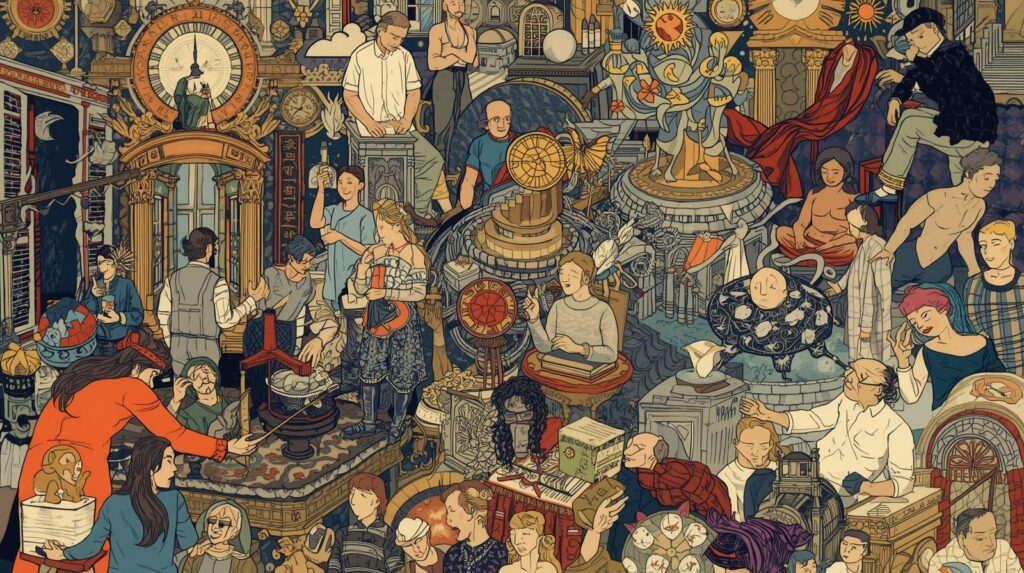
5.Legal, Ethical & Cultural Considerations of AI Music
Ownership, copyright and training data
A major legal challenge: Many AI models are trained on large datasets of existing music—often without explicit permission. When AI uses patterns from existing works to generate tracks, what are the rights implications? Who owns the output? What about sampling, likeness of voice, and synthetic vocals? Recent regulatory actions show the industry taking this seriously.
Ethical questions: authenticity, transparency, jobs
Some of the ethical issues include:
Authenticity: If a track is largely AI-generated, does it carry the same artistic value as human-written tracks? Will listeners care?
Transparency: Should artists disclose use of AI tools in creation? Some platforms are introducing tagging or labels for AI-generated tracks. AP News
Impact on jobs: Automating tasks (session musicians, backing vocals, basic mastering) could shift job roles in the industry.
Cultural implications: Widespread use of similar AI models may drive homogenisation of sound, loss of cultural nuance, less uniqueness—especially if creators rely purely on AI prompts. Platform integrity, spam & fraudulent content
The rise of AI also enables fraudulent content: fake artists, mass-produced tracks aimed at exploiting royalty systems, and deep-fake vocals impersonating famous singers. For example, a major platform removed millions of spam tracks generated via AI.
From a creator’s perspective, this means two things:
The environment you’re entering may become noisier and more competitive, making authenticity and community more important.
Platforms may impose stricter rules on AI-generated content, so you’ll need to stay informed about distributor policies, voice-clone rights, and upload requirements.
Cultural and artistic value: what does it mean?
Finally, we must ask: what is the essence of music? Most agree that music is more than just sound: it is emotion, story, connection, culture. AI may generate technically proficient pieces, but can it replicate the human lived-experience, the imperfections, the spontaneous moments that often give music its meaning? Many artists and listeners believe the human dimension will retain intrinsic value.
For keyboardists and creators, this is an invitation: your unique personal expression, your musical journey, your voice are more valuable than ever in an age of machine-assisted creation.
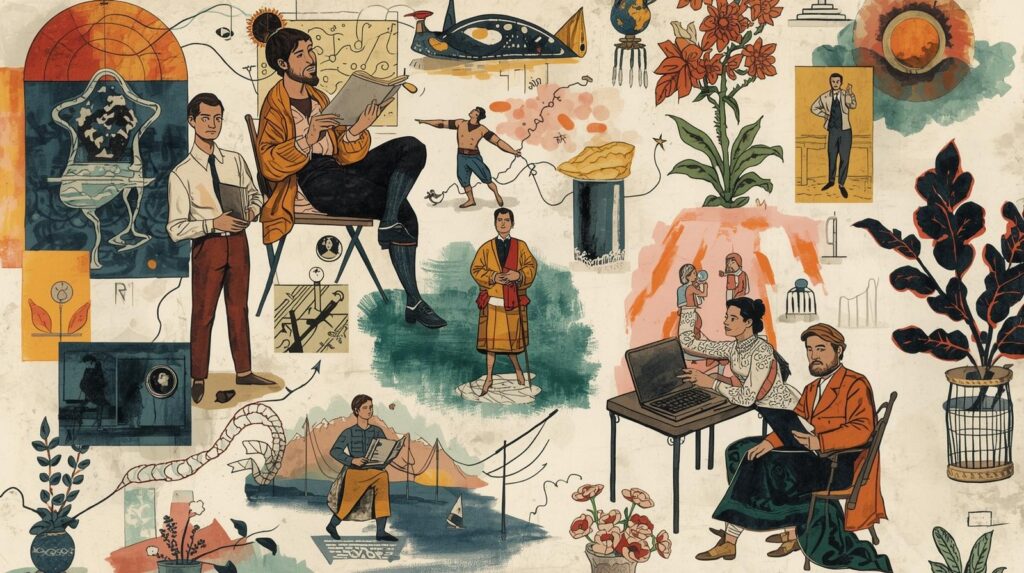
6. Real World Use Cases & Emerging of AI Music
Generative composition platforms
Platforms such as AIVA have enabled the creation of musical pieces across genres—from classical to pop—via AI models trained on large corpora of music.
Another example: Suno (platform) offers prompt-based song generation, including vocals and instrumentation.
Automated mastering & production assistance
Services like LANDR, which started with automated mastering, illustrate how AI is entering the production chain.
AI-generated artists and streaming impact
Entire “artists” with no human members are emerging. For example, a band announced its ‘members’ were entirely AI-generated and quickly gained listeners on streaming platforms.
Rights management and licensing innovations
In response to AI-music rights issues, rights organisations are launching new licensing frameworks to allow AI training while ensuring composer compensation. Example: a rights group in Sweden established a license for AI-music usage.
These real-world cases highlight both the promise and the complexity of AI in musicGenerative composition platforms
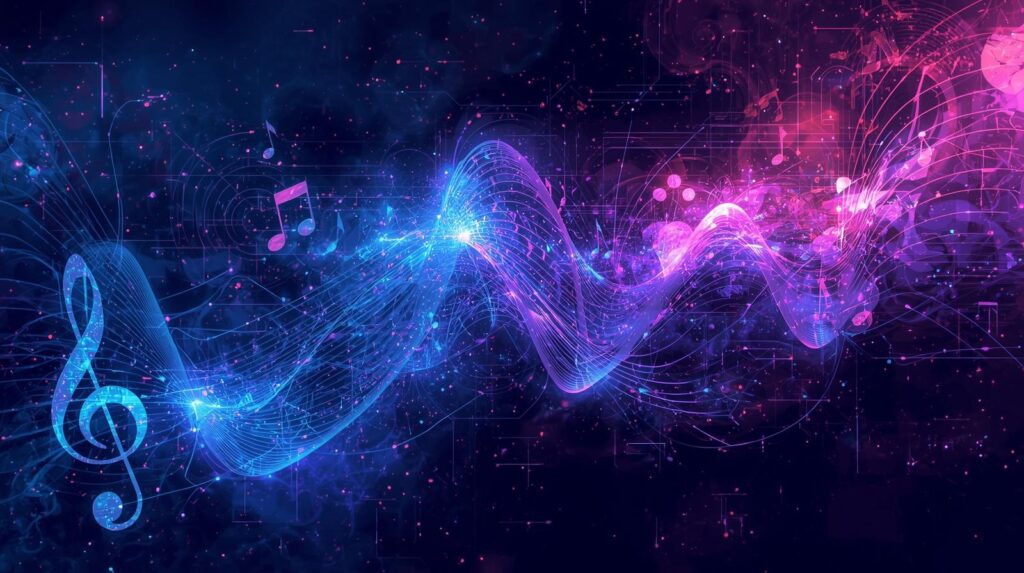
7. What This Means for Keyboardists, Producers & The Mystic Keys Audience
Embrace AI Music tools—but preserve your identity
Experiment: Use AI-tools to generate melodic ideas, chord progressions, accompaniment, then play them on your keyboard and infuse your style.
Production: Use AI-assisted mastering or mixing tools to enhance your home-studio workflow.
But always emphasise: your musical voice matters. The way you phrase a keyboard line, the way you express dynamics, the way you shape a melody—these human elements will set your music apart.
Focus on songwriting, arrangement and emotional connection
With more creators using AI, outstanding tracks will be those where the song stands out: compelling melody, meaningful harmony, interesting arrangement, emotional performance. For keyboardists—focus on your craft: voicing, texture, dynamics, layering. AI might supply raw material; you supply the soul.
Build your presence, brand and community
In a world of abundant music, connection matters. Use social media, live-stream keyboard sessions, show behind-the-scenes of your creative workflow (including how you use AI tools). Engage your audience: build a fan-base beyond the track release. People follow people, not just songs.
Understand metadata, distribution, analytics
Ensure your releases are discoverable: apply accurate metadata, pick appropriate genre/style tags, upload via a distributor that supports good metadata. Track metrics: streaming behaviour, listener retention, playlist inclusion. Understanding this business side complements your creative side.
Ethical awareness & rights-savvy approach
If you use voice-cloning or AI-generated vocals, ensure you have necessary permissions.
If your AI tool uses large datasets, be aware of training/rights issues.
Always check distributor policy on AI-generated content or synthetic voices—some platforms may have additional rules.
Be transparent: consider noting in your metadata or release details the use of AI tools if required by platform.
Explore new revenue models
Offer personalised keyboard-based tracks (e.g., fan requests) enhanced with AI tools.
Create background/ambient music for apps, games, video creators—AI tools can help scale production.
Combine live keyboard performance + AI-backing tracks for hybrid experience; charge for premium sessions, tutorials, exclusive content.
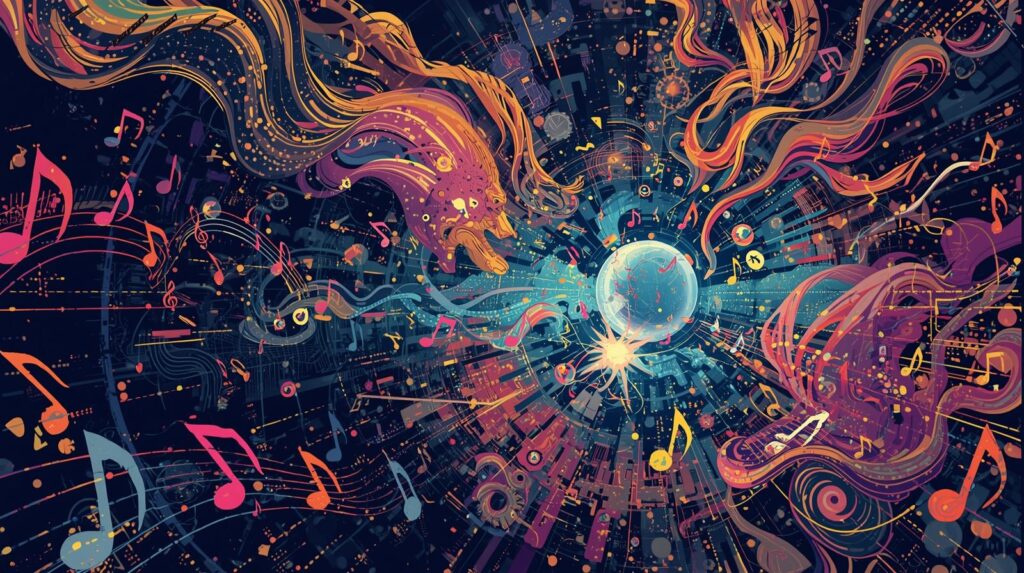
8. The Future of AI and Music: What’s Coming Next?
Increasing autonomy and real-time creation
AI models will continue improving: better voice synthesis, more realistic instrumentation, real-time interactive generation (e.g., live backing tracks that respond to a performer). This means keyboard players might perform with dynamic AI systems that adapt to their playing.
More immersive and interactive music experiences
Expect growth in music that adapts to listeners’ context: their mood, location, activity (e.g., workout, relaxation), or with interactive streaming experiences. Keyboard-based creators might leverage AI to create adaptive live sets, interactive online sessions or VR/AR music experiences.
Righting the rights & attribution architecture
As AI becomes more embedded, rights systems must evolve. New frameworks are emerging to ensure attribution, compensation and transparency in AI-generated music. Research points to “inference-time attribution” architectures that embed provenance.
Value shifts and market dynamics
With production more accessible, music volume increases, so scarcity becomes less of a value-driver. What gains value?
Unique identities, niche audiences, distinctive styles.
Experiences, performances, artist-fan engagement.
Cross-media collaborations (games, immersive AR/VR, live hybrid events).
For keyboardists, this suggests: cultivate uniqueness, embrace niche community, experiment with new formats beyond traditional release.
Guardrails and challenges ahead
However, the future is not without issues:
Platform integrity: spam, fake artists, fraudulent streams via AI.
Ethical concerns: voice-cloning without consent, mis-use of datasets.
Artistic risk: sound-homogenisation if many rely on the same AI-models or prompts.
Economic shifts: rights management may become more complex; value flows may change.
Creators who stay informed, adaptable and value-oriented will be best placed in this shifting landscape.
Conclusion
Artificial intelligence is not a passing trend in music—it is a transformative force. For creators, producers and listeners alike, AI is opening new possibilities: faster production, new sounds, broader access, personalised experiences. But with opportunity comes responsibility: to maintain authenticity, protect rights, stay artistically relevant, and build meaningful connection with audiences.
For keyboardists, home-studio musicians, and independent creators (the audience of The Mystic Keys), now is an exciting time. Embrace AI as a collaborator, not a competitor; focus on your distinct voice; sharpen your craft; leverage your keyboard and creativity. The tools can open many doors—but what lies beyond those doors depends on you.
As you sit before your keyboard for your next piece, ask: “What part of this music could only come from me?” Let that answer guide your creative journey in the AI-enhanced future of music.
Thank you for reading — and may your keys, your hands and your imagination lead the way.
For more information and exciting resources about learning music, visit our website at The Mystic Keys. For more music content and exciting offers follow us on
Facebook, Instagram, YouTube, LinkedIn, Twitter, Pinterest, and Threads.


